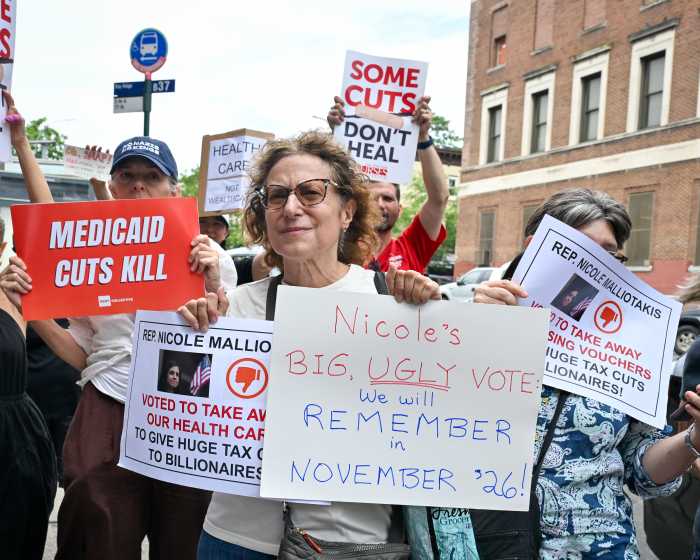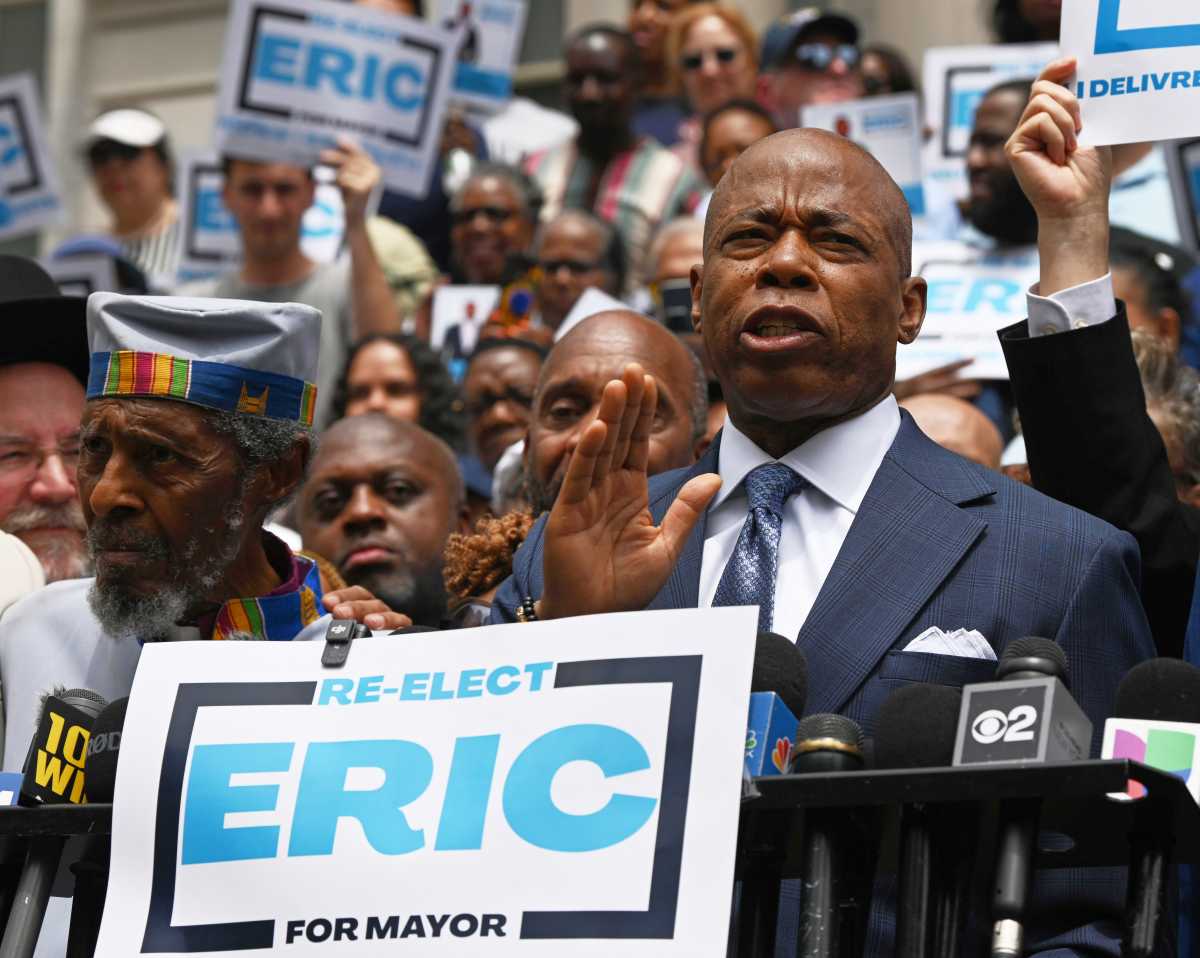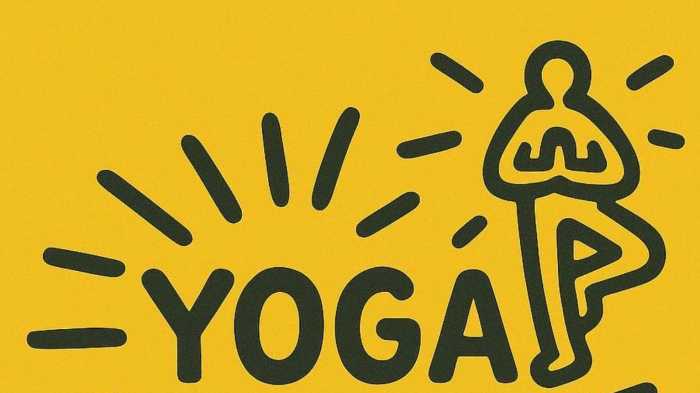Six degrees of separation from polluting the Gowanus Canal doesn’t mean a company has necessarily escaped a hefty cleanup bill.
The Environmental Protection Agency has already named a series of companies it considers could be potentially responsible for polluting the recently named Superfund site. And agency officials continue to determine if a host of others might be on the hook for helping to pay for the cleanup — the raison d’etre of the federal program — estimated to cost up to $500 million.
In November, the agency told this paper it was also gathering information on a range of companies, many of whom never had operations dispatched “information request only” letters to a range of companies, including multinational outfits like Honeywell International, Kraft Foods and Citigroup. Some of the companies came up at a public meeting hosted by the EPA last week, andlocals were left scratching their heads, wondering what their connection to the fetid canal might be.
This week, the EPA provided a bare bones sketch, roughly detailing the Brooklyn connections of companies it is exploring — but not yet certain will be liable for any cleanup expenses.
According to the agency, Kraft Foods finds a link through New York Tartar Company,and through company successors Standard Brands and Nabisco. New York Tartar manufactured cream of tartar, an acidic salt with a range of household applications. Standard Brands was formed by J.P. Morgan in 1929, which merged with Nabisco in 1981. Nabisco is now part of Kraft, which is expected to answer the EPA’s request this April.
Citigroup is linked by way of the American Can Company, the tin can manufacturer later subsumed into the Primerica Corporation, the financial conglomerate that merged with Travelers Corporation to become Travelers Group, which merged with Citicorp to create Citigroup in 1998.
The Old American Can Factory complex still stands alongside the canal, and houses an arts and manufacturing community.The EPA said it expects to hear back from Citigroup in April.
According to the EPA, Honeywell’s claim to the canal comes by way ofBarrett Manufacturing Corporation, Warren Chemical and Manufacturing Corporation, and Allied Chemical and Dye Corporation. Created in 1920, Allied was a merger of chemical companies that included Barrett. It was formed to offset Germany’s domination of much of the world’s chemical industry during World War I, according to Barrett’s Web site.
Allied Chemical eventually became part of AlliedSignal, and Honeywell International Inc., the publicly traded conglomerate giant,is the product of a merger between AlliedSignal and Honeywell Inc. in 1999.
Well known oil companies are also being probed.BP America could be linked to the canal by American Oil Works Company and American Oil Company; ConocoPhillips Company via American Agricultural Chemical Company, Continental Oil Company, and Conoco Inc.; Exxon Mobil Corporation through Standard Oil Company of New York;and Chevron Corporation, through Texaco,Texas Company, Pure Oil Company, Union Oil Company of California — which merged with Chevron in 2005.
EPA spokesperson Mary Mears said the agency was giving the companies a good amount of time to supply it with information. “We are asking these companies to go back so far in history,” she said.
But just because a company might be worth billions, the agency is giving no special treatment, Mears said. “We don’t make a determination based on who they are. We deal with multi-billion dollar corporations all the time,” she said.
The EPA has already fingered the city of New York, the United States Navy, andseveral companies for the cleanup, designating them potentially responsible parties.The group includes Consolidated Edison, and energy giant National Grid, which inherited the liability of Brooklyn Union Gas, whose manufactured gas plants are considered responsible for belching hazardous coal tar in and around the canal.






















